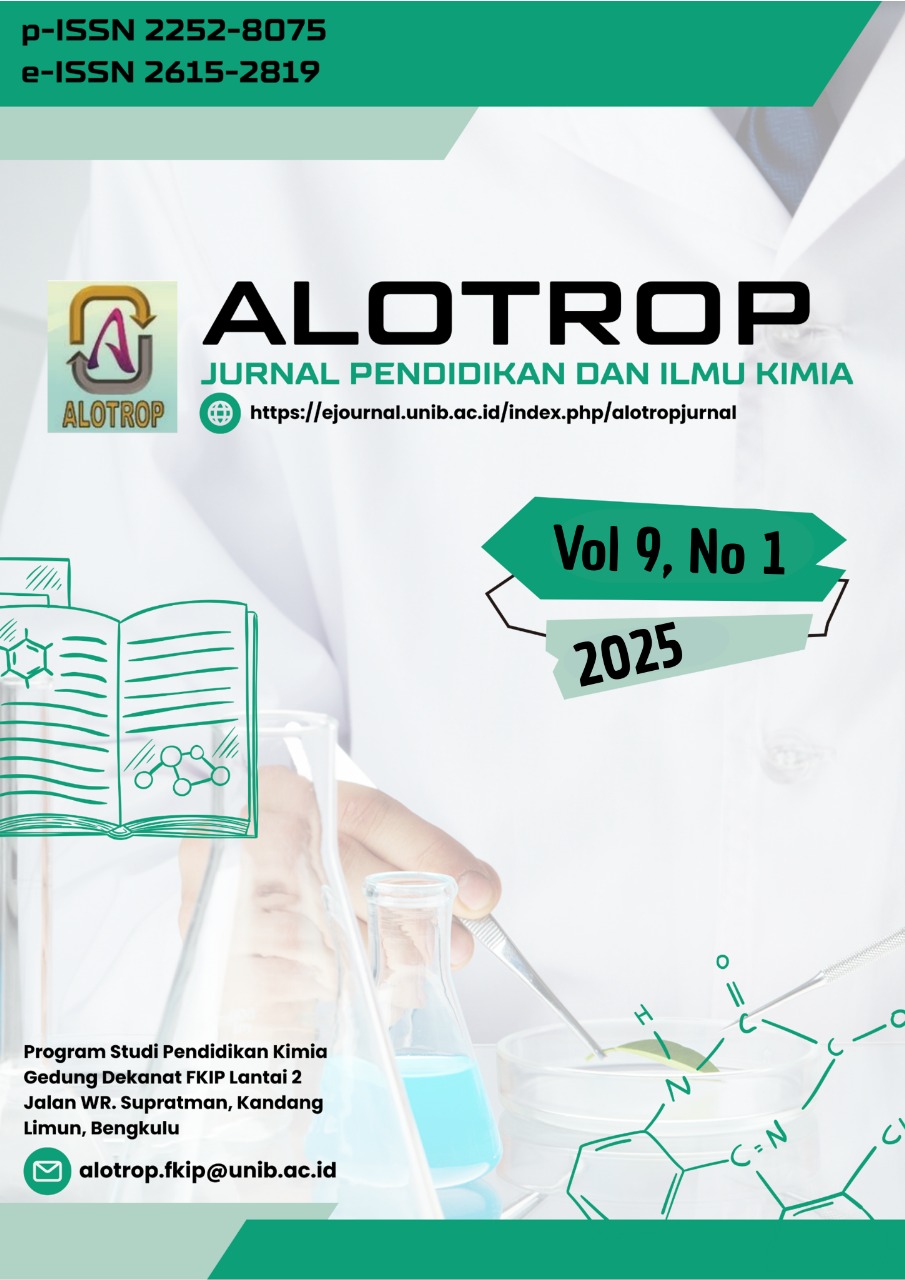Main Article Content
Abstract
Type 2 diabetes mellitus is a global health problem that continues to increase. One alternative approach in managing diabetes is using natural materials with antihyperglycemic activity. This study aims to evaluate the effectiveness of solid lipid nanoparticles (SLN) containing Kabau seed extract (Archidendron bubalinum (Jack) I.C. Nielsen) coated with trimyristin in reducing blood glucose levels in hyperglycemic rats. Extraction was carried out by maceration using 96% ethanol, while SLN was synthesized by high-speed homogenization and ultrasonication methods. Particle size analysis showed an average diameter of 262.61 nm with a polydispersity index (PDI) of 0.144, indicating a homogeneous formulation. Phytochemical testing showed that Kabau seed extract contains alkaloids, flavonoids, tannins, and saponins contributing to antihyperglycemic activity. In vivo tests on Mus musculus showed that 20 % concentration of Kabau SLN reduced blood glucose levels by up to 97 mg/dL, approaching the effectiveness of metformin (104 mg/dL). Statistical analysis of ANOVA and BNT test showed significant differences between treatments. These results indicate that Kabau SLN has the potential as a candidate for phytopharmaceuticals in managing type 2 diabetes mellitus.
Keywords: Diabetes mellitus; Kabau; solid lipid nanoparticles; trimyristin; flavonoids
Article Details
Copyright (c) 2025 Solina Balqis, Diah Miftahul Aini, Muhammad Arif Fadilah, Nurkayah, Mu'awiyatu Al-Laitsi, Lia Aseptin Murdini, Elva Febriyanti

This work is licensed under a Creative Commons Attribution-ShareAlike 4.0 International License.
Authors who publish with this journal agree with the following terms:
- Authors retain copyright and grant the journal right of first publication with the work simultaneously licensed under a Creative Commons Attribution License that allows others to share the work with an acknowledgment of the work's authorship and initial publication in this journal.
- Authors are able to enter into separate, additional contractual arrangements for the non-exclusive distribution of the journal's published version of the work (e.g., post it to an institutional repository or publish it in a book), with an acknowledgment of its initial publication in this journal.
- Authors are permitted and encouraged to post their work online (e.g., in institutional repositories or on their website) prior to and during the submission process, as it can lead to productive exchanges, as well as earlier and greater citation of published work (See The Effect of Open Access).
- This work is licensed under a Creative Commons Attribution-ShareAlike 4.0 International License.
